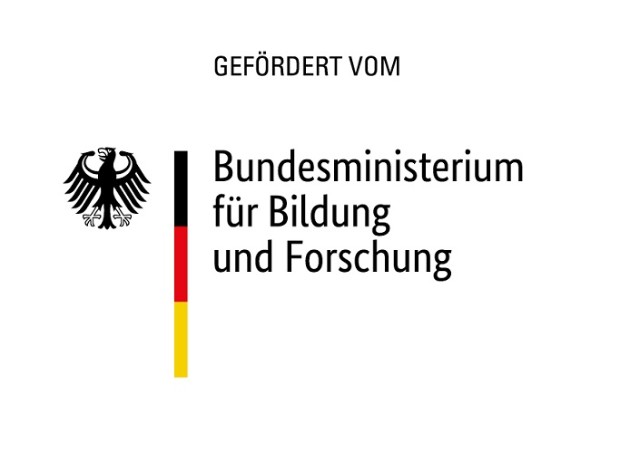Entdecken Sie die Innovationskraft der »Forschungsfabrik Mikroelektronik Deutschland – Module Quanten- und neuromorphes Computing« (FMD-QNC). Wir unterstützen Ihre Entwicklungen im Bereich Quanten- und neuromorphes Computing mit einem ständig wachsenden Angebot an zukunftsweisenden Technologien.
Einige unserer Highlights:
Zögern Sie nicht, uns zu kontaktieren, um Ihre spezifischen Anforderungen zu besprechen. Gemeinsam verwirklichen wir Ihre Visionen für das Computing der Zukunft.
Wir unterstützen Forschungsgruppen, Start-ups und die Industrie bei der Entwicklung von Hardware für Quanten- und Neuromorphes Computing mit maßgeschneiderten Lösungen aus Mikro- und Nanoelektronik sowie Photonik.
Dr. Tim Rom, FMD-QNC
Die Forschungsfabrik Mikroelektronik Deutschland FMD hat ihr neues Erweiterungsmodul FMD-QNC gestartet, das die Entwicklung von Quantencomputer- und neuromorpher Hardware in Deutschland und Europa unterstützt. Das Konsortium besteht aus 19 Einrichtungen, darunter Institute der Fraunhofer-Gesellschaft und der Leibniz-Gemeinschaft sowie das Forschungszentrum Jülich und die AMO GmbH. FMD-QNC bietet Forschungsgruppen, Start-ups und Industrieunternehmen Zugang zu modernsten mikroelektronischen Anlagen und Prozess-Know-how.
FMD-QNC unterstützt die Entwicklung eines breiten Spektrums von Quanten- und neuromorpher Hardware-Ansätze mit maßgeschneiderten Technologien und Prozessen aus verschiedenen Bereichen wie Nanotechnologie, Mikroelektronik, Optik und Photonik.
Durch Hardware-Entwicklungen unterstützte Plattformtechnologien:
- Supraleitende Qubits
- Festkörperspin-Qubits
- Neutralatome
- Ionenfallen
- Photonische Qubits
- Analoge und neuromorphe Rechnerarchitekturen
- Verschiedene Memristor-Technologien
Zusätzlich zu den Forschungs- und Pilotfertigungskapazitäten umfasst das Dienstleistungsangebot Design, Simulation, Systemintegration, Test und Validierung, um Lösungen zu liefern, die den anspruchsvollen Anforderungen für das Skalieren der Hardware-Systeme und den anschließenden Transfer in die Industrie gerecht werden.

Die Forschungsfabrik bietet technologische Breite, Qualität und Flexibilität durch eine vernetzte Reinrauminfrastruktur und einen modernen Maschinenpark. Eine gemeinsame Geschäftsstelle erleichtert die Koordination zwischen allen Partnern, um optimale Lösungen für akademische und industrielle Nutzer zu bieten.
Das vom Bundesministerium für Bildung und Forschung (BMBF) geförderte Projekt FMD-QNC ist ein wichtiger Schritt für die Entwicklung von Computern der nächsten Generation in Deutschland und Europa.






























































